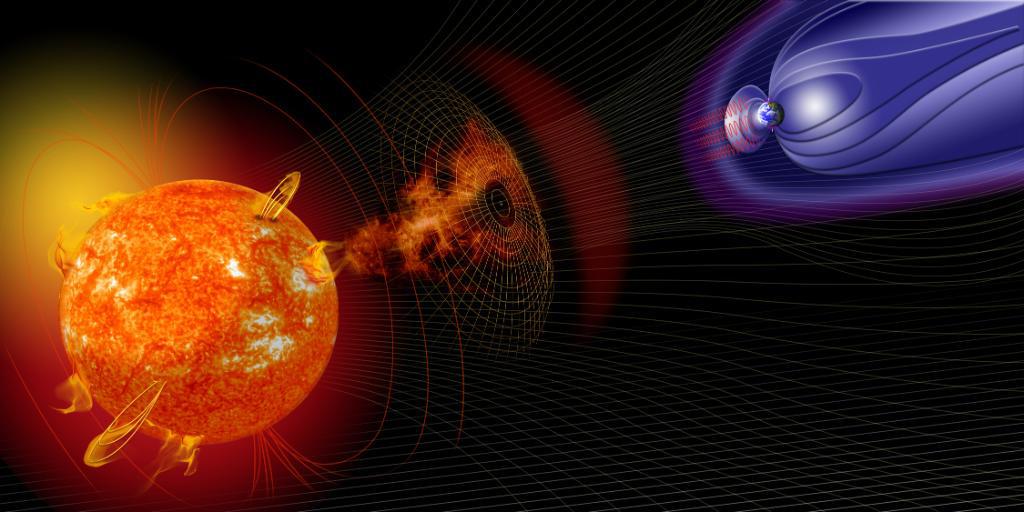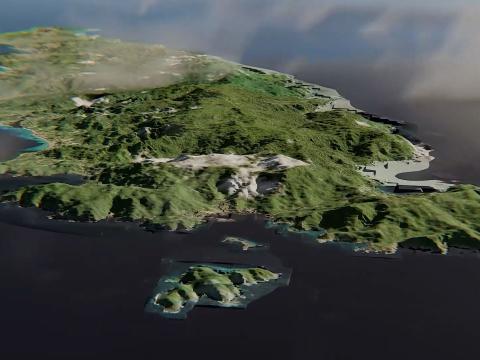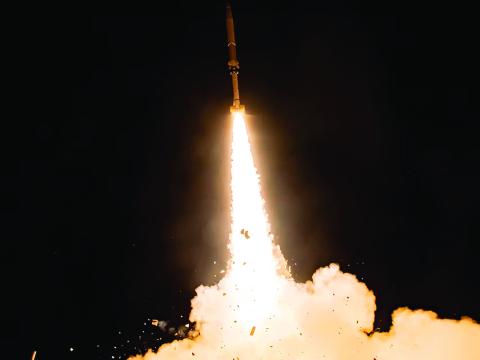NASA, DHS Chat Up Solar Storm Research on Twitter
Engineers from several government agencies and industry partners have teamed up to explore solutions to better predict, and thus mitigate, adverse impacts solar storms have on power grids.
The good news: There's no such thing as a killer sun flare that could destroy Earth. But annual losses due to power outages throughout the United States caused by solar storms are estimated at more than $100 billion, officials say. Engineers from several government agencies and industry partners have teamed up to explore solutions to better predict, and thus mitigate, adverse impacts solar storms have on power grids.
Solar storms release solar flares that can interfere with Earth’s magnetic field and produce geomagnetically induced currents, or GICs. These GICs impact the electric grid, often causing permanent damage to critical components, including high-voltage transformers, according to experts, who took to Twitter on Tuesday for an hour-long chat session on their research efforts.
“Strong GICs may overload circuits, trip breakers, or damage parts of high-voltage #power transformers #STTechTalk,” read a tweet from the Department of Homeland Security’s Science and Technology Directorate (DHS S&T), using the handle @dhsscitech. “Permanent damage to multiple high-voltage power transformers could result in large-scale, lengthy #blackouts.”
Partners include DHS S&T, NASA, the National Oceanic and Atmospheric Administration (NOAA), Sandia Laboratories and the Electric Power Research Institute (EPRI), an independent, nonprofit performing research, development and demonstration projects in the electricity sector.
NASA, tweeting under the handle @NASASunEarth, and EPRI are halfway through a two-year solar shield research project to better understand how space weather-generated extra electric currents impact the power grids with an aim of also developing better methods of forecasting solar storms and predicting where GICs might hit.
Tailored space weather forecasts will let utilities cancel maintenance, reduce/reroute the load or temporarily shut down the grid in order to mitigate damages or outages, such as the March 1989 electrical blackout that left residents of the province of Quebec, Canada, without power for nine hours and caused grid disturbances throughout North America. A powerful series of storms in October 2003 caused strong disruptions in Northern Europe, a regional blackout in Sweden and might have damaged 12 transformers in South Africa.
The Deep Space Climate Observatory (DSCOVR) satellite system, developed to help monitor for potentially disastrous solar storms, is expected to provide real-time solar wind observations to help with space weather predictions. NOAA’s Space Weather Prediction Center issues regional alerts, watches and warnings.
The White House Office of Science and Technology policy has made reducing the nation’s vulnerability to space weather a national priority.





Comments